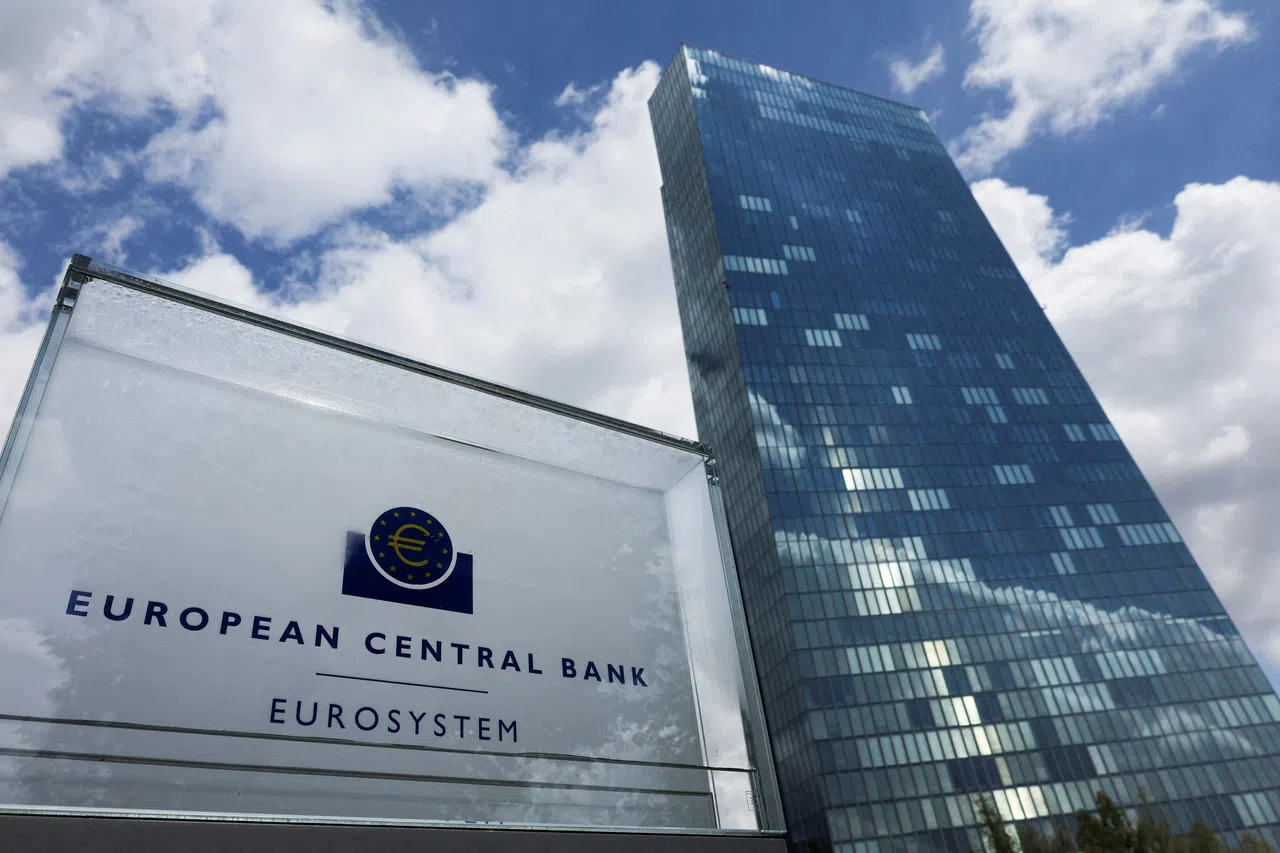WHILE the latest interest rate cuts by the European Central Bank (ECB) came largely in line with market expectations, analysts anticipate further reductions in the year ahead.
The ECB lowered its interest rates for the first time since 2019 on Thursday (Jun 6), signalling a shift away from its aggressive policy to put an end to a surge in inflation.
Officials shaved their three key interest rates, which apply across all 20 countries that use the euro, by a quarter-point to 3.75 per cent.
At a news conference in Frankfurt, ECB president Christine Lagarde said that the inflation outlook had improved “markedly”, adding that there was a “strong likelihood” that the central bank will shift into a “dialling-back phase”.
However, she did not indicate how many more times, or how soon, the ECB might cut rates again.
Maybank Research analysts on Friday noted that the rate cuts had been “well-televised” and very much expected.
GET BT IN YOUR INBOX DAILY
Start and end each day with the latest news stories and analyses delivered straight to your inbox.
“However, markets were more crucially looking out for any hints on the future path of rate easing,” said analysts Saktiandi Supaat, Alan Lau, Fiona Lim and Shaun Lim in a note.
“Lagarde did note that inflation had sufficiently eased to allow for a reduction in rates but on the other hand, she… refused to give any indication on the future pace of cuts,” the team added. “Her comments are still sounding rather hawkish.”
Nonetheless, the team expects the ECB to cut 50 basis points in the second half of 2024.
Other analysts also foresee interest rates in Europe being shaved further this year.
While Lee Sue Ann, UOB global economics and market research team economist, saw “a distinct lack of forward guidance” by the ECB, she expects a 25-basis-point cut in September and December each.
Similarly, Ostrum Asset Management’s head of market strategy Axel Botte noted that Lagarde “struggled to justify a rate cut at a time when wage increases remain uncomfortably high”.
He foresees wage growth in Europe hovering around 4 per cent until end-2024.
“The message of the ECB is hard to apprehend, as ECB rate cuts are implemented alongside quantitative tightening. Still, the ECB may cut further in September when (it updates its) macroeconomic projections,” he added.
DBS Group Research senior economist Radhika Rao retained the brokerage’s call for “modest” cuts in the third and fourth quarters of this year, when quarterly staff projections are released. This is assuming growth gradually returns to its potential rate and headline inflation inches back towards the target, she said.
She added: “The bar to go slow on the policy easing is nonetheless low, especially if the inflation surprises to the upside on any exogenous supply shocks or on strong wage growth, risks of which are contained at this stage.”
While Alex Kuptsikevich, senior market analyst from FxPro, also believes the ECB is not done with rate cuts this year, he noted that “whether we see two or more rate cuts depends on inflation data”.
However, he highlighted that current trends in inflation and economic activity could result in the bank cutting rates faster than the US Federal Reserve.
“This could be an important pressure factor for EUR/USD, preventing the single currency from moving up from the wide range of 1.05 to 1.10, where the pair has been predominantly trading since the beginning of 2023,” he said.




